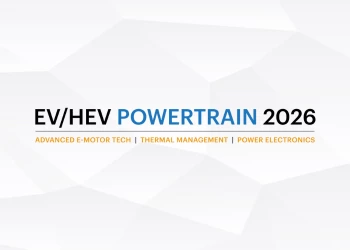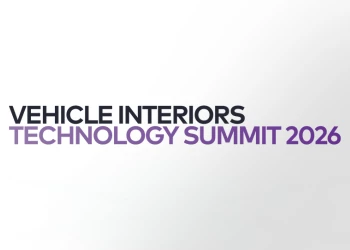IQ News: How Automakers are Upping Their Game with Smart Displays
With demand growing for cars to sync seamlessly with user devices, the smart display technology market is expected to grow by 5.1%
Add bookmark
As customer demand grows for infotainment and reliance on navigation systems increase, display technology is fast becoming a salient part of the car. For example, in India, the government has enacted that all new commercial vehicles be mandated with in-vehicle GPS devices, and the US and European Union have made reversing cameras a standard fit on new cars because they were projected to save around 95 lives each year.
Coupled with car displays being used to cast content from YouTube, Spotify, Apple CarPlay, and Android Auto, the automotive smart display market is expected to grow at a CAGR of 5.1% between 2022-2032 and reach a market valuation of US$7.5bn by the end of 2022.
What do the Big Players Have Planned for Smart Displays?
Swedish luxury automotive giant, Volvo, has invested $2m into developing a mixed-reality heads-up display that projects onto the windscreen. Volvo has partnered with an Israeli nanotech start-up called Spectralics to develop their mixed-reality display, which reportedly includes a novel thin optical film as part of the imaging system, so images and virtual objects are transparent and can be overlaid.
The company has said the optical film could make cars safer and provide a better user experience.
The technology would display the driver's speed, distance covered, navigation guidance, warning lights, and engine reves onto the windscreen, so drivers do not need to take their eyes off the road.
“The [optical] technology has the potential to set a new standard for the next generation of displays and cameras,” Lee Ma, Head of Volvo Cars Tech Fund and Deputy CFO of Volvo Cars said.
In addition, Renault, Stellantis (formerly Fiat Chrysler), General Motors, and Ford are enhancing their infotainment systems using Android Automotive – Google’s in-car entertainment system. The automakers have planned to make the switch to Android Automotive in 2023, Forbes Wheels reported.
Android Automotive was tested in the Polestar 2, and in review, the navigation display was what caught the eye of customers.
“The best thing about the Android Automotive system is that it feels like part of the car rather than an add-on. The Polestar 2 has a 12-inch instrument display behind the steering wheel, which is able to display directions and maps in addition to the main tablet display. This means that you can browse other functions on the main display while still keeping your directions at hand,” T3 reviewed.
Embracing a Software-First Design Philosophy
With automotive companies accustomed to vehicles dropping in value the moment they leave the lot, over-the-air updates can provide automakers with more opportunities to extend a vehicle's usable lifespan, enhance display performance, and in turn improve consumer-brand relationships.
Automotive World used Tesla as an example: “Tesla is not only software-savvy but has used software as a core pillar of their brand identity and offering.
"The car has transitioned from being more than just a means of moving from A to B and has become an extension of consumers’ technology-aided lives. Failure to meet these expectations is likely to tank brand loyalty.”
To learn how to seamlessly transition to a software-first design to enhance your display technology strategy and customer experience, register to attend Automotive IQ’s in-person event in Munich, The Application of Next-Generation Automotive Light and Display Technologies 2022.





















